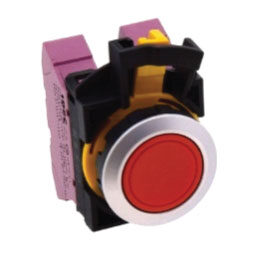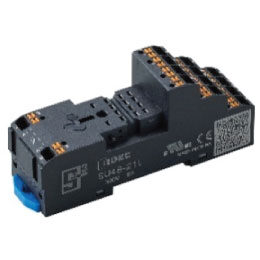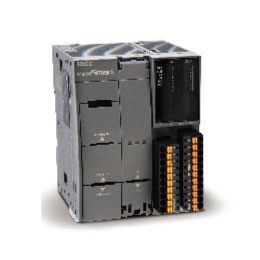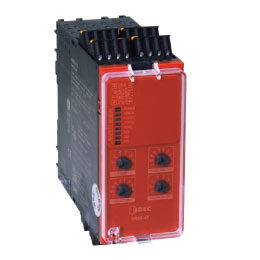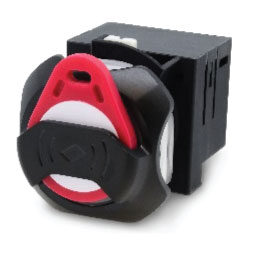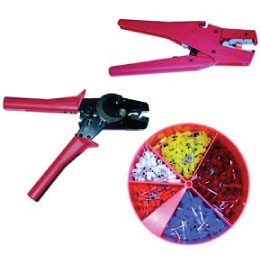OVERVIEW
Push-In Terminal Solutions
HW Series
CW Series
RU Series
SafeProducts anyone can use with safety and assurance, from a company seeking to be number one in safety |
SimpleProducts appreciated by all our customers for their ease of connection regardless of experience |
SmartProducts that make labor-saving and space-saving a reality EP1740 |

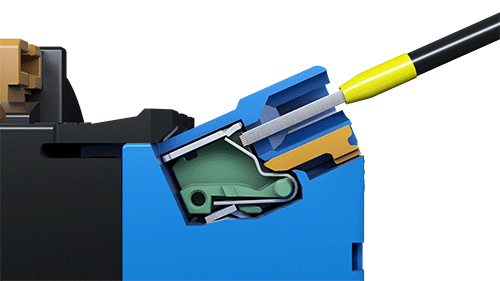
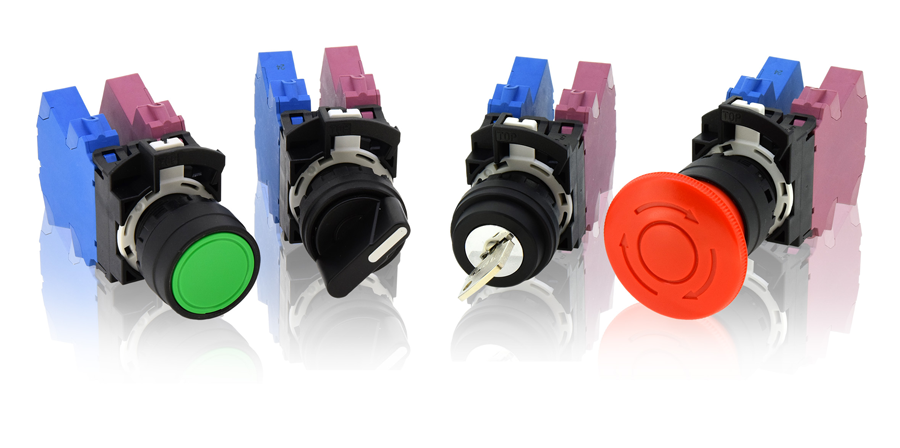
FEATURES
Reliable and Safer Maintenance
Push-in connections use a spring steel arm and flat metal contact to secure wires, ensuring a reliable connection. IDEC's expanding range helps OEMs, contract manufacturers, and panel builders save time and money. End users benefit from reliable connections and safer maintenance.
Frequently Asked Questions
Is it possible to connect a single wire to the Push-In terminal block?
Yes. It is possible.
Ideal for single wire connections that are often used for building installations. If the conductor is rigid enough, it can be connected by simply inserting it by hand without using a tool. Check the applicable wire cross-sectional area of "single wire" described in the catalog.
Is it possible to connect the stranded wire to the Push-In terminal block as it is?
Is there a recommendation for a ferrule crimping shape suitable for the Push-In terminal block?
Basically, there are no restrictions on the crimping shape. There is no problem if the conductor is compressed safely and in a highly airtight manner.
How do I remove the conductor from the Push-In terminal block?
What are the benefits of pushers?
Which is the connection point for the tester?
Is it okay to push the pusher with a Phillips screwdriver?
What are the DIN Rails that can be used for the ground terminal block?
What are the benefits of using sensor/actuator terminal blocks?
In the conventional screw type terminal block, one terminal block is required for each of "power supply (2 poles)", "earth (1 pole)", and "signal (1 or 2 poles)", but this product requires them. Since it can be connected with one terminal block, it contributes to space saving.
Fuse terminal block - What is the usage of terminal block with LED?
When the fuse blows, the LED lights up and it can be used for overcurrent detection.
Are there any precautions to take when cutting the short care (crossover metal fittings)?
Since the cut surface that was cut off becomes the charging part, the charging part may be exposed on the surface, such as the insulating plastic being chipped unless the tool can cut sharply, so a dedicated short bar (crossover metal fitting) cutter (model number) : KT14 / Order model number: 1157820000) is recommended. Be sure to use it so that the separated cross section faces the inner surface side of the terminal block. In addition, it is prohibited to separate the two poles.
Is there a maximum current value (current rated value) for the short bar (crossover bracket)?
It is designed to allow the maximum current of the compatible terminal block to flow, and the current rating is set. When the currents of multiple poles are aggregated, it is necessary to design the circuit so that the maximum current value does not exceed the allowable current (value described in the catalog).
Is there a ferrule for two wires?
We also offer ferrules that can connect two wires.
REACH OUT TO US TODAY
©2025 IDEC Corporation. All rights reserved. Privacy Policy


